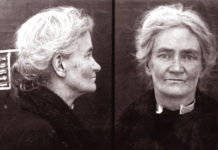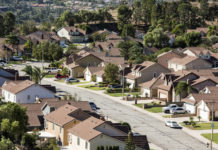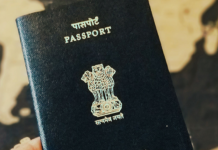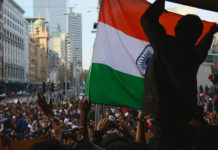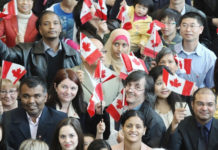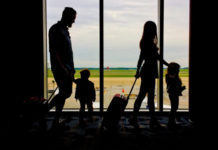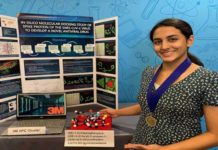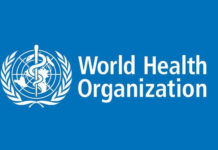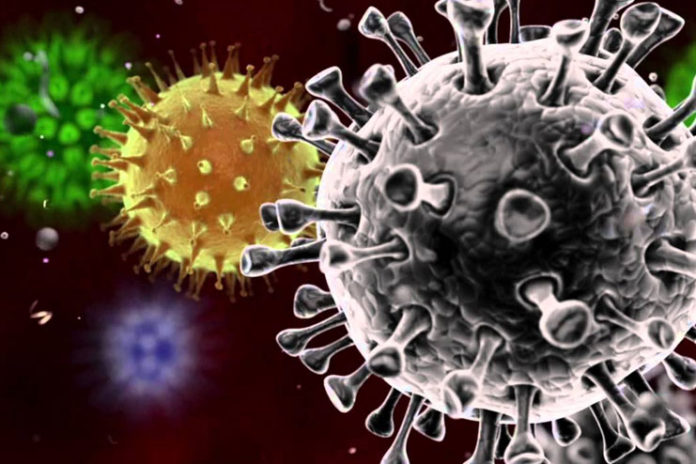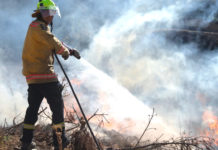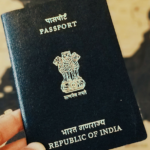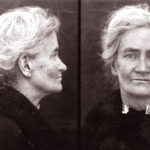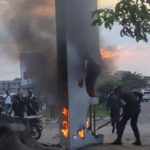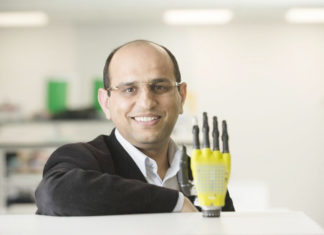According to a new Harvard Medical School study, traffic around hospitals in Wuhan suggests that the virus may have been there and it kept spreading across Central China before this news broke out to the world.
With the help of commercial satellite imagery that is usually used by intelligence agencies, the research team studied techniques and “observed a dramatic increase in hospital traffic outside five major Wuhan hospitals beginning late summer and early fall 2019,” according to the Harvard Medical professor, Dr. John Brownstein, who led the research.
It didn’t stop with an increase in traffic, it coincided with people searching for symptoms associated with coronavirus on the internet, according to Brownstein, an ABC News contributor. This brings up a new point of how COVID-19 originated in China.
Further, Brownstein, the chief innovation officer at Boston Children’s Hospital and director of the medical center’s Computational Epidemiology Lab mentioned that there was something happening in October. There was some level of social disruption taking place much before the virus even started or was known.
According to a count by Johns Hopkins university, since the virus broke out in China last year, around 7 million people are infected and more than 400,000 people lost their life.
There is a belief that the virus came from an animal species, where it didn’t affect humans much and now it is dangerous and a natural killer since the Spanish flu pandemic a century ago.
According to four sources briefed on confidential information, a U.S. intelligence caught hold of a notified pathogen in November even though Chinese officials didn’t formally let WHO know about a new respiratory pathogen in Wuhan.
Right now, it is difficult to understand the origin of the virus and on the other hand critically important for scientists to understand it. All experts around the world are running about to understand the secrets of the pathogen formally known as SARS-CoV2.
According to the American and WHO officials, the Chinese Government refusing to cooperate with Western and international health authorities has made it tough for the researchers.
Since a month, researchers from Boston University, Boston Children’s Hospital, Brownstein and his team have been working on finding out when the population of Hubei province in China was first affected with the virus.
Though a piece of information doesn’t conclude that the virus has been there for a while now, at the same time it doesn’t blind fold the fact that Brownstein’s research project has a logic and the numbers are clearly visible.
Brownstein’s research logic says that when there are respiratory diseases and it is spreading; people behave indifferent and people who were sick failed to realize the broader problem at that time.
That being said, they looked at the activity of busy hospitals. They counted the number of cars outside a hospital and noticed how the Parking lots had got full.
These busy activities indicated that there was something happening in the community and people rushed to see doctors. Not one, but the same trend was noticed at many hospitals in Wuhan.
Brownstein said, “This is all about a growing body of information pointing to something taking place in Wuhan at the time, many studies are still needed to fully uncover what took place and for people to really learn about how these disease outbreaks unfold and emerge in populations. So, this is just another point of evidence.”
President of the non-profit EcoHealth Alliance in Manhattan, a Disease ecologist, Peter Daszak found this fascinating. His organization works on understanding the origin of emerging diseases. They analyze the disease for days, weeks, months and years. He feels that’s exactly how they will find out everything about COVID-19 too.
The Chief science officer at the Center for Discovery and Innovation in New Jersey, David Perlin, was amazed by Brownstein’s research although he wasn’t totally convinced.
To find out in-depth, there were photographs of Wuhan Hospitals taken from space. They captured 350 frames for two years and the researchers found 108 usable images showing locations without obstruction from smog, tall buildings, clouds or other features that could complicate satellite analysis.
They took these pictures before the fall season in 2019. Based on what researchers shared with ABC news, on Oct. 10, 2018, there were 171 cars in the parking lot of Wuhan’s Tianyou Hospital. After a year, satellites recorded 285 cars — a 67% increase.
The next evidence was Huanan Seafood Market. In Mid-September, researchers reviewed the movement of satellite images to check the parking lot activity inHuanan Seafood Market.
They saw that the market was busy and the authorities shut it down after reports emerged that the wet market may have been ground zero for the novel coronavirus outbreak. Brownstein said “The images validate the concept that activity and movement is shown through the lens of these sort of parking lots.”
This study has been sent to the journal Nature Digital Medicine and is being reviewed. It will be posted on Monday morning on “Dash,” Harvard’s preprint server for medical papers.
ABC News was told that Wuhan region wasexperiencing a widespread health problem much before China’s government acknowledged and spoke about coronavirus. Wuhan had made an announcement of this virus on New Year’s Eve.
A company named Diamond, said, “At all the larger hospitals in Wuhan, we measured the highest traffic we’ve seen in over two years during the September through December 2019 time frame,“Our company is used to measuring tiny changes, like 2% to 3% growth in a Cabella’s or Wal-Mart parking lot. That was not the case here. Here, there is a very clear trend.”
Former acting Homeland Security Undersecretary John Cohen, said that this virus that killed 110,000 Americanswas perhaps brought to the U.S. by travelers from Wuhan long before it was known.
In March, the Hong Kong-based South China Morning Post newspaper, mentioning the Chinese government data, reported that the first case of COVID-19 could be traced back to November 17, 2019.
Without offering details, the China officials have told local media, the virus was probably spreading before they even realized. Further, ABC news asked the Wuhan hospitals, Chinese embassy and the China State Council to comment on this new study and they only received a response from a network of the Chinese embassy and these officials pointed to a white paper that released on Sunday.
It said “The novel coronavirus is a previously unknown virus,” the report documents. “Determining its origin is a scientific issue that requires research by scientists and doctors. The conclusion must be based on facts and evidence.”
The council also defended the Chinese government’s response, writing, “China has also acted with a keen sense of responsibility to humanity, its people, posterity, and the international community.”
Apart from this, on the basis of internet searches for symptoms related to COVID,Brownstein mentioned that he and his researchers found the hospital-traffic data to be even more convincing after looking at how people begun to search for symptoms over the internet around the same time when there was traffic outside hospitals.
What they found on China’s Baidu search engine was people looking for information on “cough” and “diarrhea.”
According to Brownstein, there are two things here. Teams have researched that people searching for a disease online is a sign that the disease has spread among the population.
The next thing they noticed was people had started searching for symptoms that might be related to COVID: diarrheal disease, cough early summer.
“Now, we can’t confirm 100% what the virus was that was causing this illness and what was causing this business in hospitals,” Brownstein said. “But something was going on that looked very different than any other time that we had looked at.”
In 2015, Brownstein and his research team used satellite imagery to investigate how health care systems could predict outbreaks of influenza-like illnesses as they occur.
A Global health professor from Boston university earlier said that they previously used this method of measuring disease activity by monitoring hospital parking lots and they were able to forecast trends in influenza-like illnesses over several years.
However, professor Anne Rimoin, the director of the Center for Global and Immigrant Health at UCLA, didn’t find this concept convincing because he feels that we are in need of new and innovative methods of predicting diseases.
He said, “In this specific case, data on events such as increases in hospital traffic could serve as early indicators of social disruption resulting from disease. High-resolution satellite imagery can be extremely useful for understanding disease spread and implementation of control measures.”


